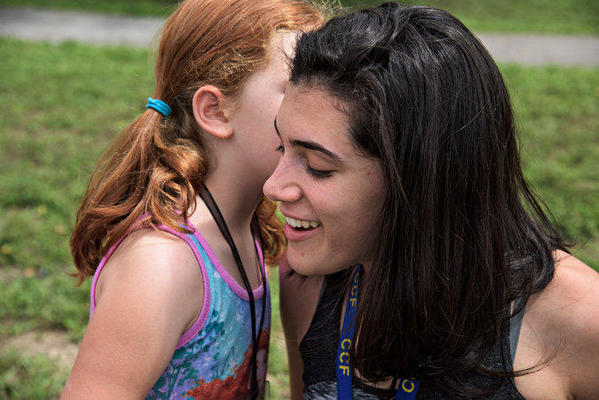Talking is a skill most children take for granted. But not in this classroom.
A dozen young children sit in a circle, dressed for pajama day. Some clutch their knees or a stuffed animal. A boy in Spiderman sleepwear looks worried but eager as he musters the courage to speak aloud.
“Who can be the first person to tell me what day it is?” asks Alejandra Golik, a student therapist leading the session. All the children, ages 6 to 10, know the answer.
After an achingly long pause, a 10-year-old girl mouths, “Thursday.” Her response is barely audible.
Still, it’s progress, and here the faintest whisper is applauded. It has been months, sometimes years, since these children have talked to anyone apart from family.
The children have selective mutism, an anxiety disorder, and they are terrified of talking in social situations. They may be chatterboxes at home, but at school or around unfamiliar faces, they are stone-faced and silent.
Experts estimate that roughly one in 140 children are selectively mute; most elementary schools have at least one student with the condition. Selective mutism can impede academic achievement and socialization, and lead to isolation and withdrawal from rituals like birthday parties and playground friendships.
[For more of this story, written by Catherine Saint Louis, go to http://www.nytimes.com/2015/08...ices.html?ref=health]




Comments (1)